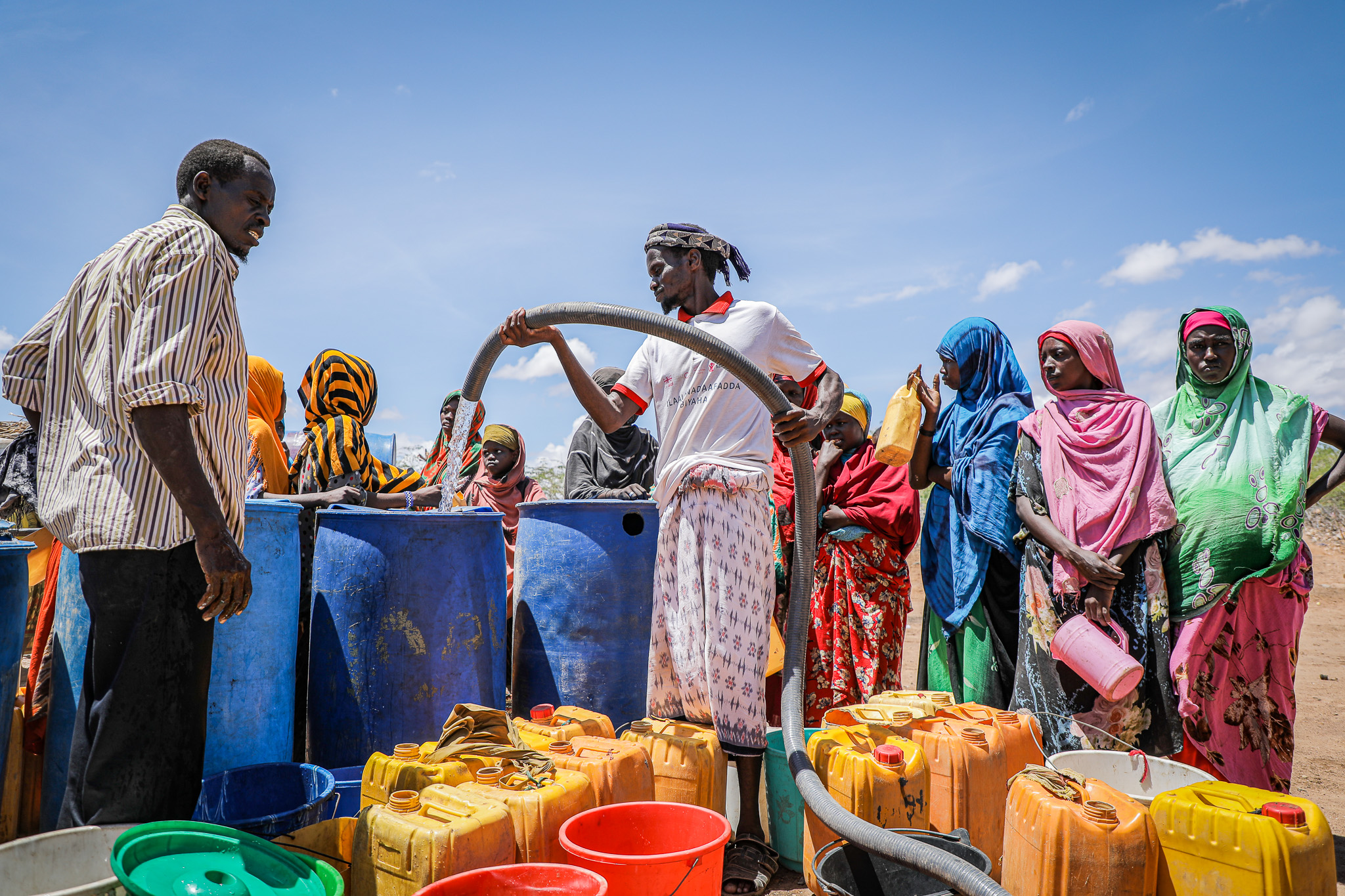Analysing problem-solving in the ICRC’s Water and Habitat Department: A humancentric approach
DOI:
https://doi.org/10.21153/thl2023art1882Keywords:
WatHab, ICRC, humancentric design, problem-solvingAbstract
The Water and Habitat department (WatHab) of the International Committee of the Red Cross (ICRC) is an engineering department dealing with technical problems in humanitarian contexts. This paper outlines research that used humancentric design (HCD) as a framework to analyse the problem-solving process in the WatHab department. The project took a qualitative approach to data collection and analysis, with 16 interviews conducted with WatHab engineers in five countries. Viewed through a HCD lens, the research found that there are a lack of clear systems within WatHab to include beneficiaries in the problem-solving processes, issues with departmental planning processes, which focus on yearly plans, rather than the longer-term planning needed to respond to the root causes of issues, and a tendency for WatHab staff to think more with their technician hats rather than their humanitarian hats. The research advocates for the importance of creating new and more inclusive solutions, while keeping in mind the realities on the ground and the impossibility of satisfying everyone.
Metrics
Downloads
References
Alexa, V., & Kiss, I. (2016). Complaint Analysis Using 8D Method within the Companies in the Field of Automotive. Analecta Technica Szegedinensia, 10(1), 16–21. https://doi.org/10.14232/analecta.2016.1.16-21
Brest, P., Roumani, N., & Bade, J. (2015). Problem Solving , Human-Centered Design , and Strategic Processes Introduction : Two Complementary Approaches to Solving Problems. Stanford PACS, 1–26.
Brown, D., Donini, A. and Knox Clarke, P. (2014). Engagement of crisis-affected people in humanitarian action. Background Paper of ALNAP’s 29th Annual Meeting. March.
Carlson, C. H., & Wong, C. W. (2020). If engineers solve problems, why are there still so many problems to solve?: Getting beyond technical solutions in the classroom. ASEE Annual Conference and Exposition, Conference Proceedings, 2020-June. https://doi.org/10.18260/1-2--34747
Chapelier, C., & Shah, A. (2013). Improving Communication Between Humanitarian Aid Agencies and Crisis-Affected People: Lessons From the Infoasaid Project. HPN Network Paper ODI, 1–25.
Cinderby, S., de Bruin, A., Cambridge, H., Muhoza, C., & Ngabirano, A. (2021). Transforming urban planning processes and outcomes through creative methods. Ambio, 50(5), 1018–1034. https://doi.org/10.1007/s13280-020-01436-3
Darcy, J., & Clarke, P. K. (2013). Evidence and knowledge in humanitarian action - Background paper. 28th ALNAP Meeting, 49.
Davis, A. (2007). Concerning Accountability of Humanitarian Action. HPN, 23(31), 32.
Goel, Sanjay, & Sharda, Nalin. (2004). What do engineers want? Examining engineering education through Bloom’s taxonomy. 15th Annual AAEE Conference, Toowoomba, Australia, 27-29th Sept 2004, September, 173–185.
Global Public Policy Institute (GPPi). (2018). Evaluation of Diversity, Inclusion, and AAP in ICRC Operations. Evaluation Report. August.
Grünewald, F. and de Geoffroy, V. (2008). Policy Paper: Principle 7 of the Good Humanitarian Donorship initiative. Plaisians: Groupe URD. July.
ICRC. (2015). Urban services during protracted armed conflict: a call for a better approach to assisting affected people, International Committee of the Red Cross, Geneva. 11(3), 46–49.
ICRC. (2021). Where we work. https://www.icrc.org/en/where-we-work.
IDEO. (2021a). Human Centered Design. https://www.designkit.org/human-centered-design.
IDEO. (2021b). IDEO tools. https://www.ideo.org/tools.
Martin, R., & Martin, M. (2009). The ABCS of CFD. Hydrocarbon Engineering, 14(7), 30–38.
OECD. (2015). Computers and Problem Solving. In Mathematics of Computation (Vol. 26, Issue 120). https://doi.org/10.2307/2005907
Oxfam. (2012). Listening exercise report from tamil nadu southern india. Oxfam
Policinski, E., & Kuzmanovic, J. (2019). Protected conflicts: The enduring legacy of endless war. International Review of the Red Cross, 101(912), 965–976. https://doi.org/10.1017/S1816383120000399
Reynolds, A., & Lewis, D. (2017). Teams solve problems faster when they’re diverse. Harvard Business Review, March, 1–6.
https://hbr.org/2017/03/teams-solve-problems-faster-when-theyre-more-cognitively-diverse
Rule, J. N. (2013). A Symbiotic Relationship : The OODA Loop , Intuition , and Strategic Thought. 101(Jul), 61–66. https://apps.dtic.mil/dtic/tr/fulltext/u2/a590672.pdf







